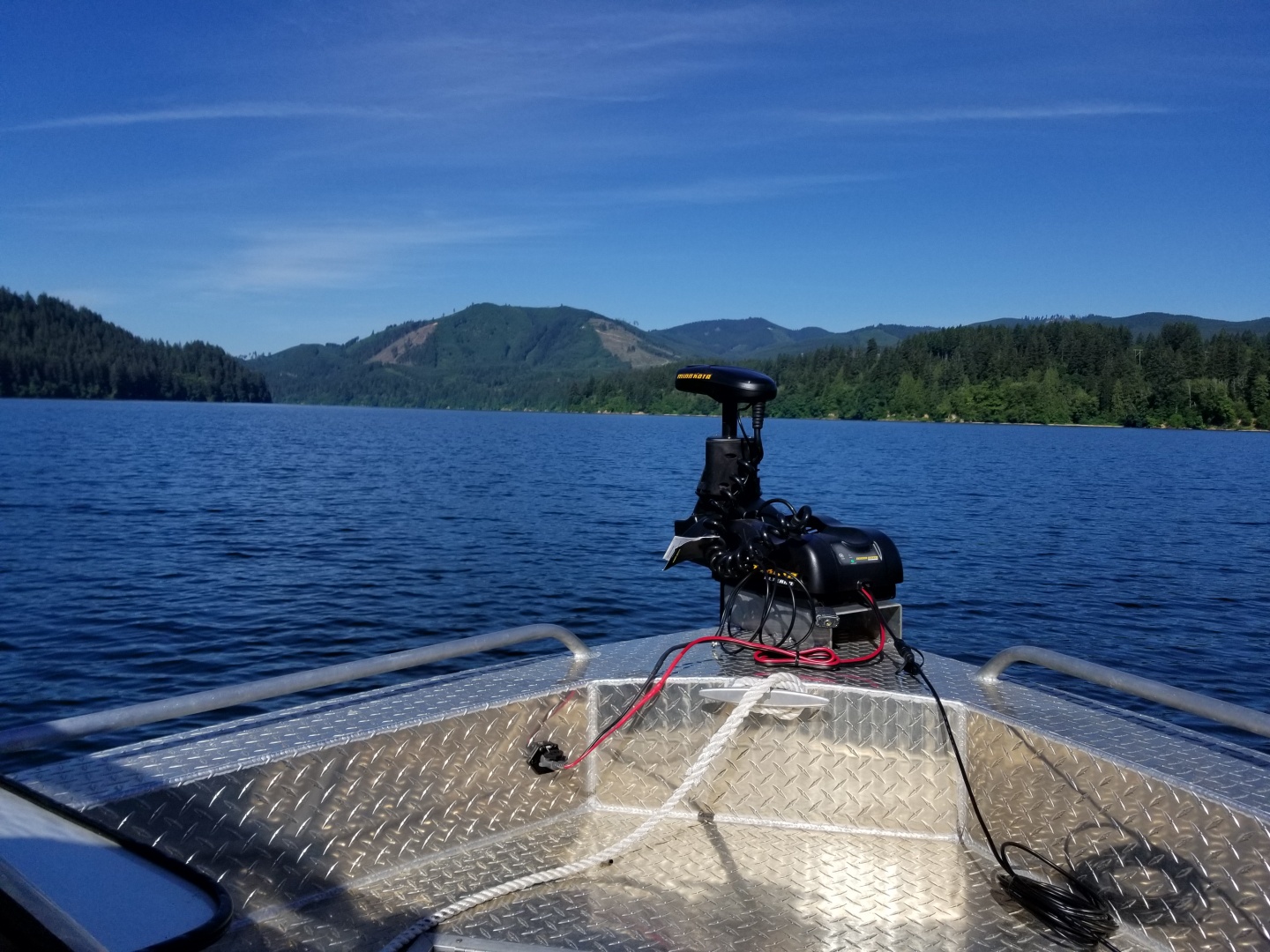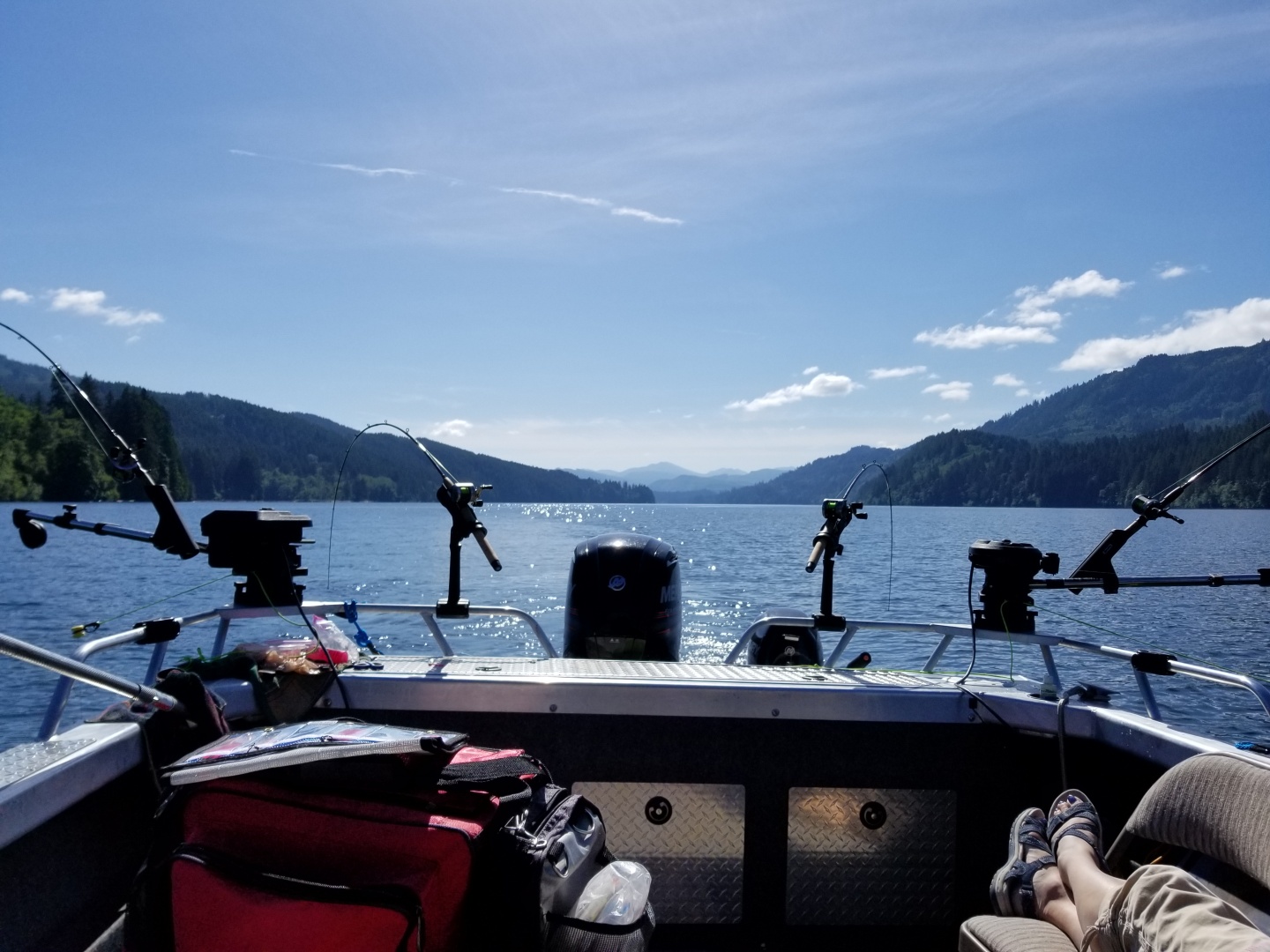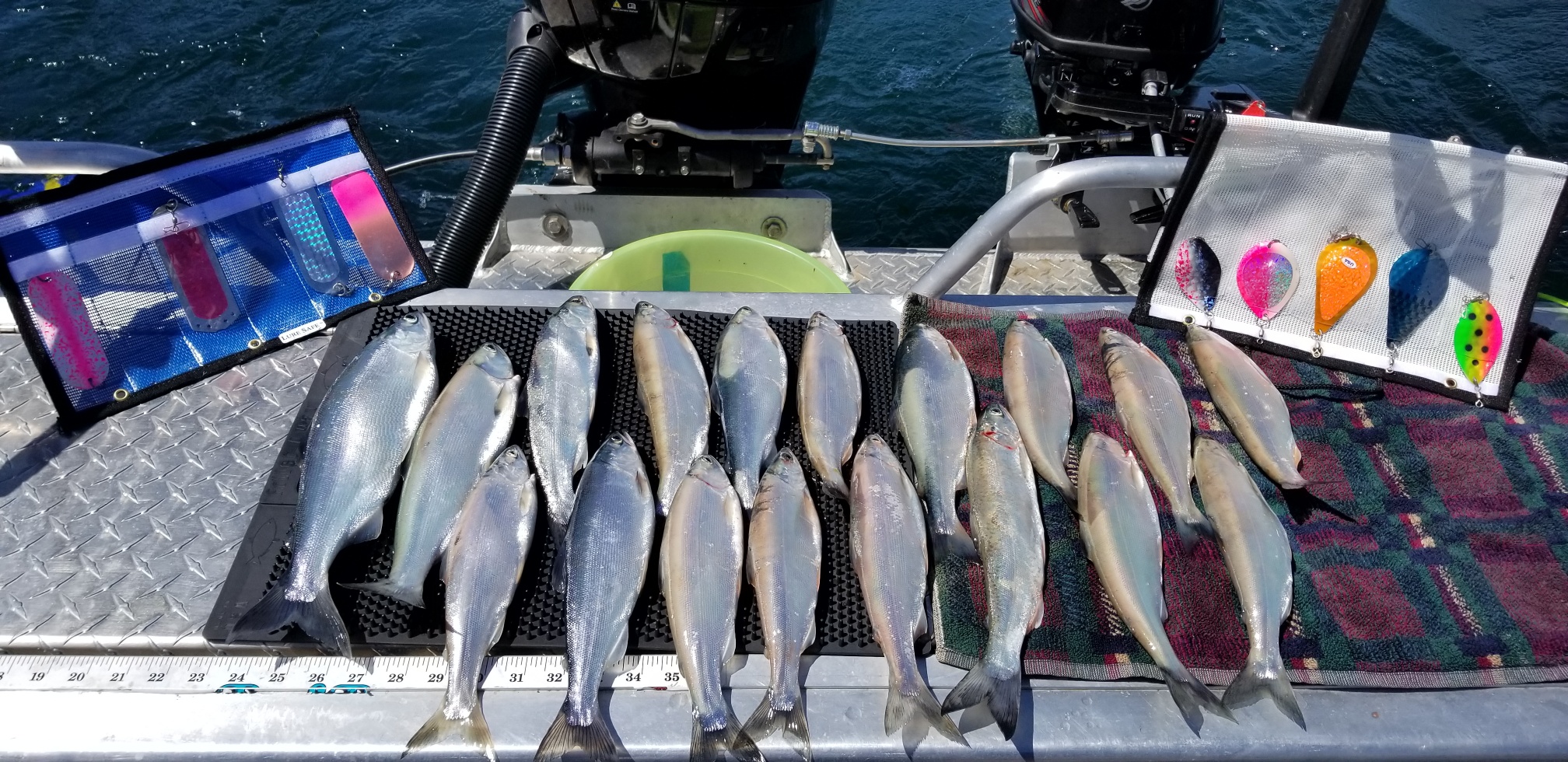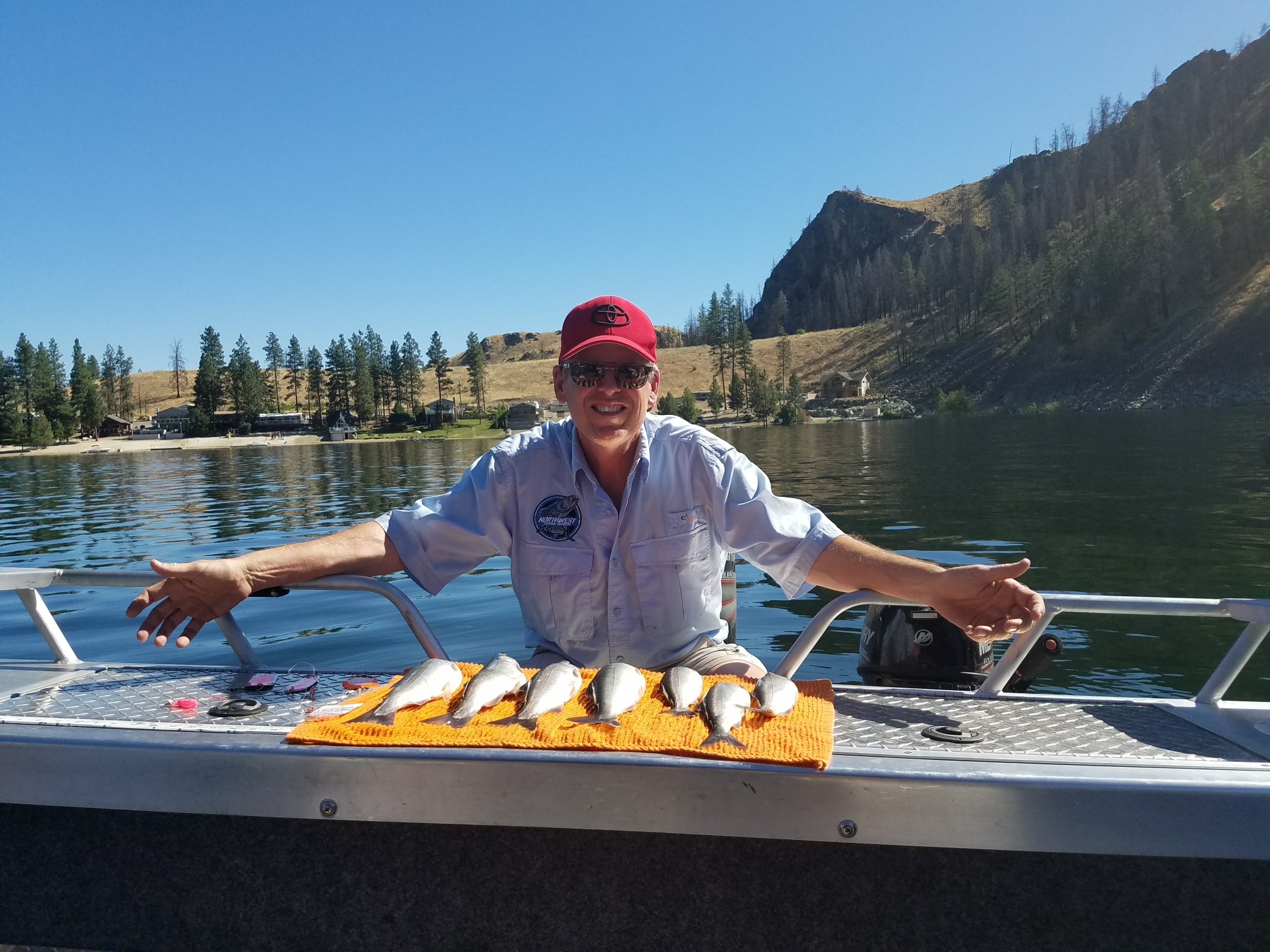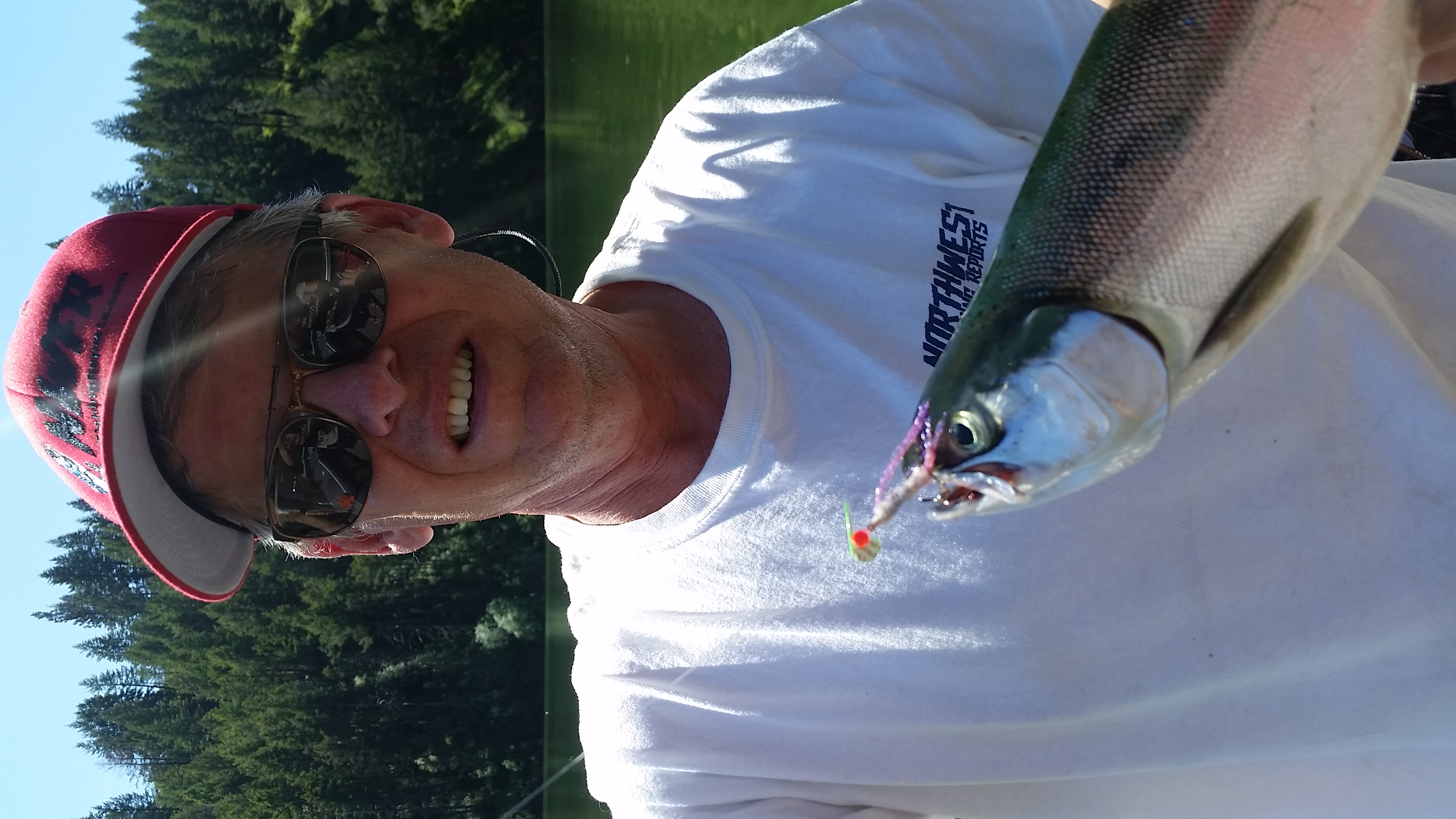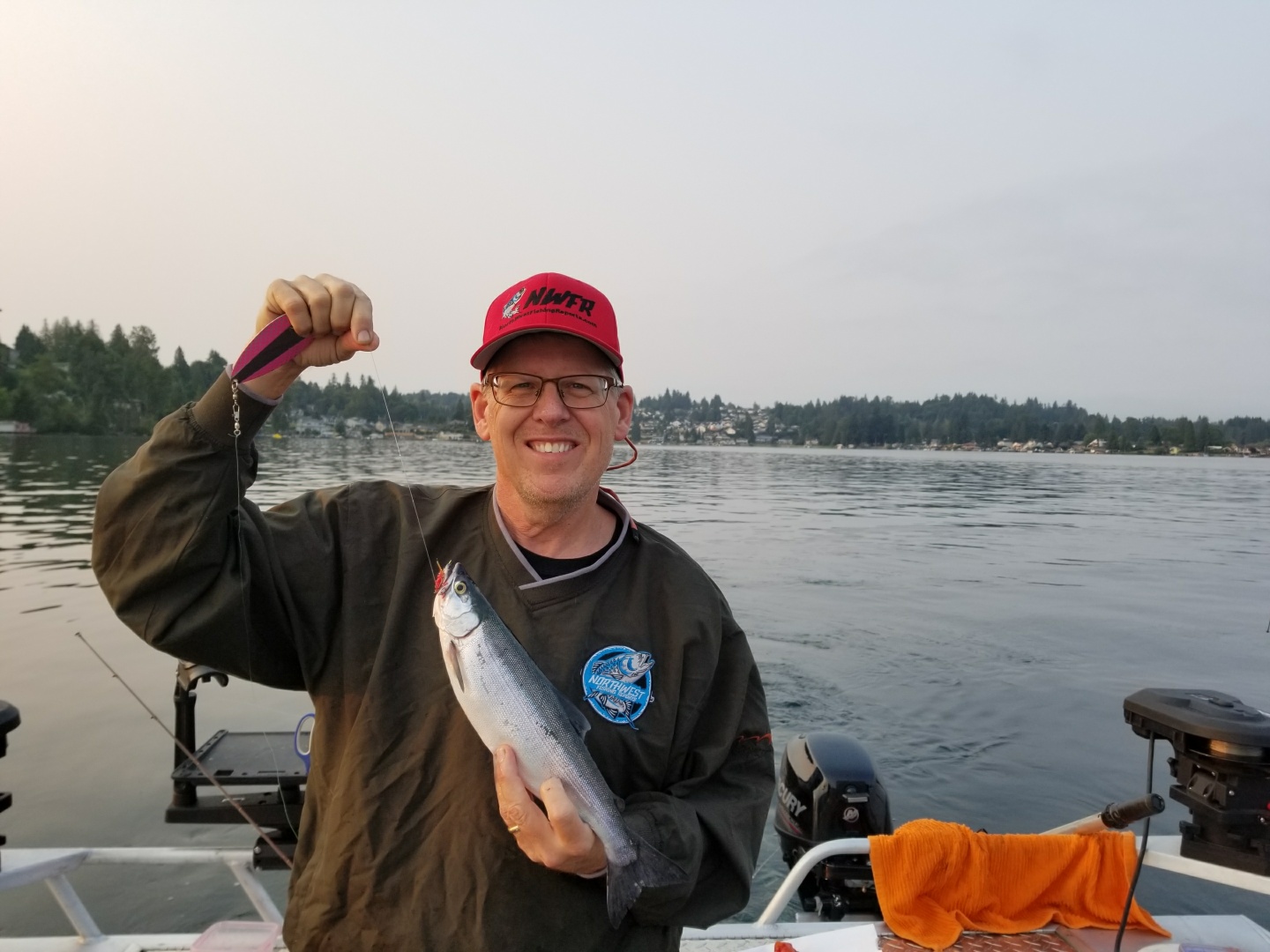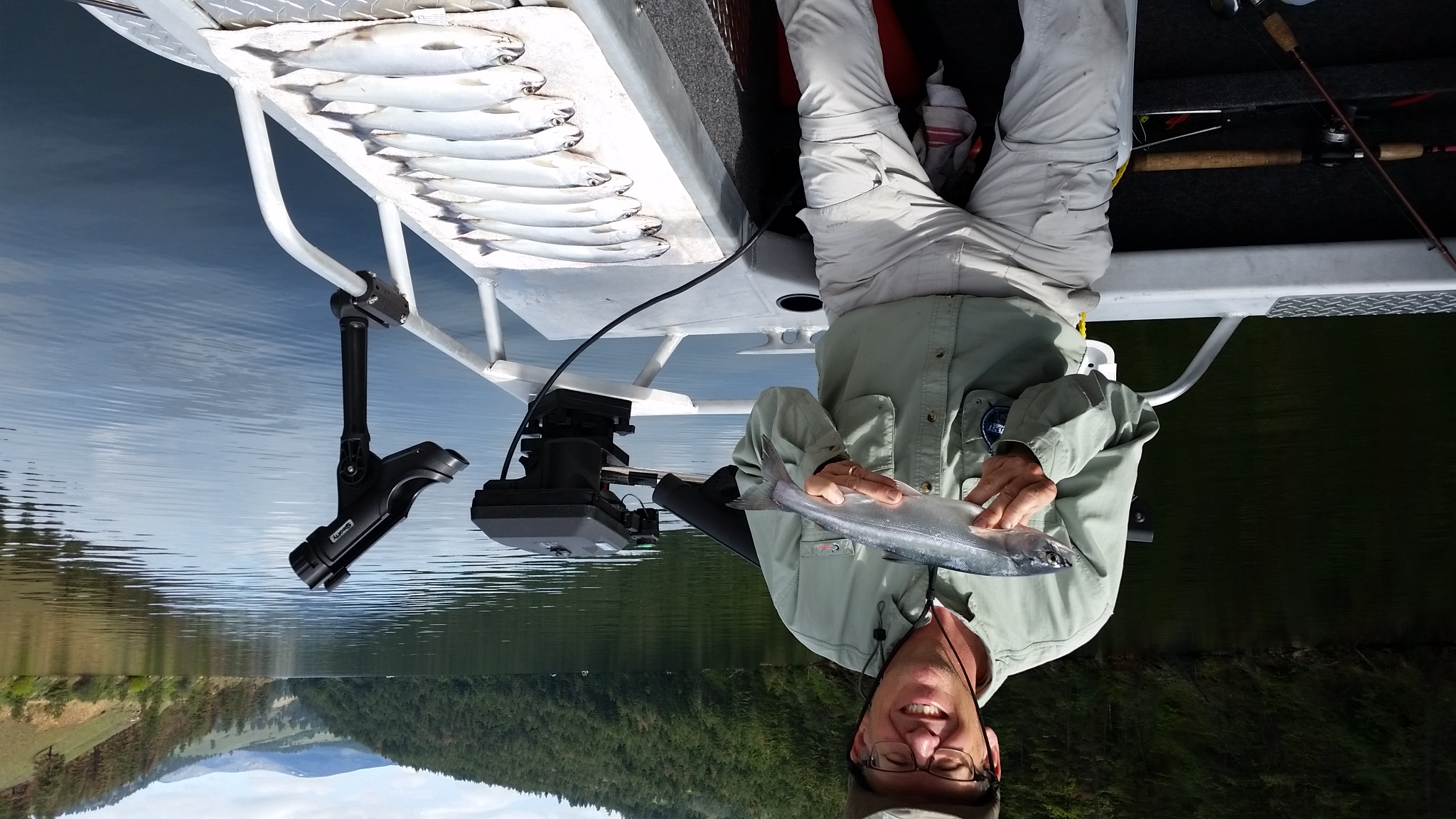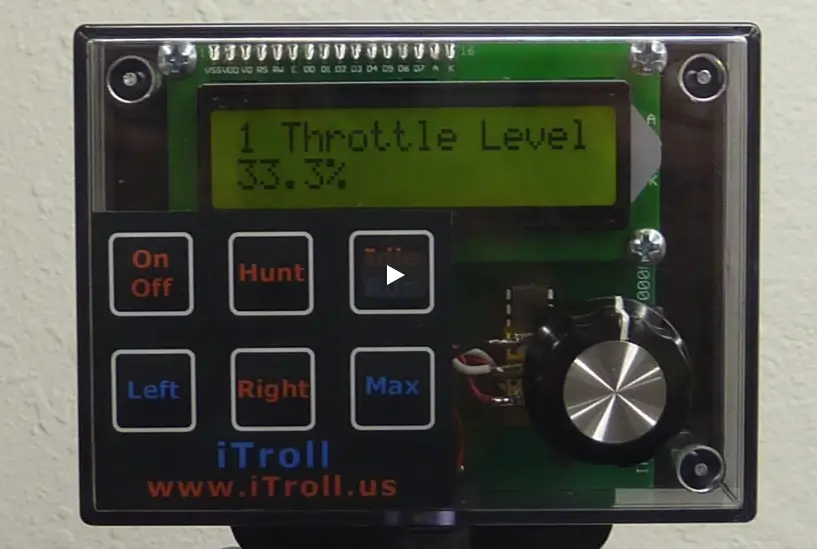Search
Latest Articles
Make Your Boat an Ultimate Trolling Machine!
by Mike Carey, June 05, 2018
Setting up a boat properly for trolling is critical for several reasons. A well set up boat will be an easier to boat to handle. That in turn means a safer boat in windy conditions or crowds and a boat that will allow you to focus more on catching fish and less on controlling the boat.
The first variable we need to consider is the size of your boat. Settting up a 12 foot boat is a very different proposition compared to a bigger boat. For purposes of our discussion I’m going to focus on boats in the 16-20 foot range, of which I have had the good fortune of owning a 16, then 18, and then 20 foot boat. If you’re noticing a trend there, all I can say is boat ownership can be addictive!
When you buy your first boat it may come with all you need to effectively troll already installed. But maybe not, so let’s take a inventory of the components I’ve come to depend on for my trolling adventures
First off, your boat will have a main motor, likely anywhere from 50 to 200 horsepower. Although it can be used for trolling in a pinch, I wouldn’t recommend it. Thats not it’s intended purpose and it won’t allow you to fine turn your speed the way you need to. For that you’ll want to have a second, trolling motor on your transom. This motor can be generally from 5 to 10 HP, increasing in size with your boat. My 20 foot Thunderjet has a 9.9HP motor which is a perfect size for the boat. I can troll from just under 1mph all the way up to 3-4mph or more, the trolling ranges of kokanee on up to trout and coho salmon. Never under power your trolling motor. Like your main motor, it needs to be able to do the job without straining and working too hard. Your trolling motor is going to see a lot of running time so take good care of it! Your second trolling motor also serves as your emergency “go home” motor in case your main motor fails. So be sure it can handle that job as well.
For kicker steering, I have used tiller extenders in the past, and that works well as it puts you at the back of the boat where your downriggers and fishing rods are. A tiller extender lets you either sit or stand as you steer, which is a great benefit both for seeing over the bow and for changing position and reducing fatigue from hours of trolling. The downside is controlling the kicker from the back leaves you out in the elements which is no fun on a windy, rainy day. A second option, which I have, is the kicker motor connected to the main motor by a rod tie.
This allows me to steer from the front of the boat, out of the elements if need be. It also puts me closer to the fish finder. Finally, rod ties have quick releases which allow you to disconnect from the main motor and steer from the tiller if conditons ditate this approach. An example of when I will use this option is fishing a bottom bouncer worm harness for walleye where you would want to hold the rod in one hand and the tiller in the other.
By now I can here you saying, “what about an electric bow mounted trolling motor”? This year I was fortunate to be able to upgrade my boat by adding a Minn Kota Ulterra trolling motor. This unit is pretty awesome! It comes with hands free deployment - a simple push of the button on the hand held remote puts the prop in the water and ready to fish. Why have a bow mounted trolling motor when you have a stern trolling motor? The answer is simply – more control.
Especially when trolling into the wind, a bow mounted electric motor helps to reduce the tendency of your boat wildly gyrating from one tack to the other. I have found it ideal to run my gas trolling motor and set it to run the boat straight, and then use the electric bow mount to steer the boat. If you have a hummingbird fish finder/GPS the Ulterra will even interface wth your GPS and run a course you program ahead of time, or run depth lines. I have a lowrance which doesn’t have this feature, but the Minn Kota does have some thing I consider just as good – a heading tracker. With this feature the bow motor will follow a straight line allowing me hands free control of the boat (when safe to do so). That lets me focus on running my downriggers and fishing rods and letting the boat steer itself.
There are two other trolling aids that I have come to consider close to being “must haves”.
The first is a sea anchor, in my case two sea anchors. When trolling for kokanee I’ll deploy a sea anchor on either side of my boat, in the rear third, ahead of my downriggers. The purposes of sea anchors are two-fold. First and foremost, they allow you to troll at a slower, more controlled speed. This is essential in windy conditions where your boat is getting pushed too fast by the wind. In addition, running both kicker motor and bow mounted electric motor could cause your boat to have too much thrust. With the sea anchors out I can get my speed back down to that 1.0-1.2 range that kokanee love. The second benefit of sea anchors is they tend to stabilize the boat in the water on windy days, making the boat blow around less. Again, it’s all about finding ways to give yourself better boat control, in turn keeping your boat on track and fishing the way you want it to.
The second trolling aid that I really appreciate having is a throttle control on my kicker motor. In my case I have an itroll I got from Washington-based I Fish Solutions. Alan Hanna, owner of ifishsolutions, is a great resource and mentor on the benefits of adjusting and controlling your trolling speed. Having filmed a lot of underwater footage over the years, I have noticed that salmonoids tend to become mesmerized by lures that troll in straight lines. I’m sure you’ve heard the adage of making turns from time to time when trolling? The reason is when you are trolling two rods, for example, the inside line will slow down and sink, and the outside line will speed up and rise. If you get a bite on a turn, pay attention to which side gets bit. That can tell you if you need to speed up or slow down your troll. Well, the itroll does this for you automatically.
Using a built in feature called “hunt mode”, it will automatically speed up or slow down your kicker motor causing your gear to sink or rise, and often wakens salmonids from their neutral posture and elicits a strike reaction. I’ve seen it work often enough to know I don’t want to troll without my itroll.
As you can see there are several pieces to the puzzle when it comes to setting your boat up for trolling..While you can have success with one or more of the pieces 've discussed, you'll see your success rates go up when your boat is geared to make trolling as effortless as possible, allowing you to focus more on the fish and less on controlling the boat. By putting all these pieces together you too will have the Ultimate Trolling Machine!
